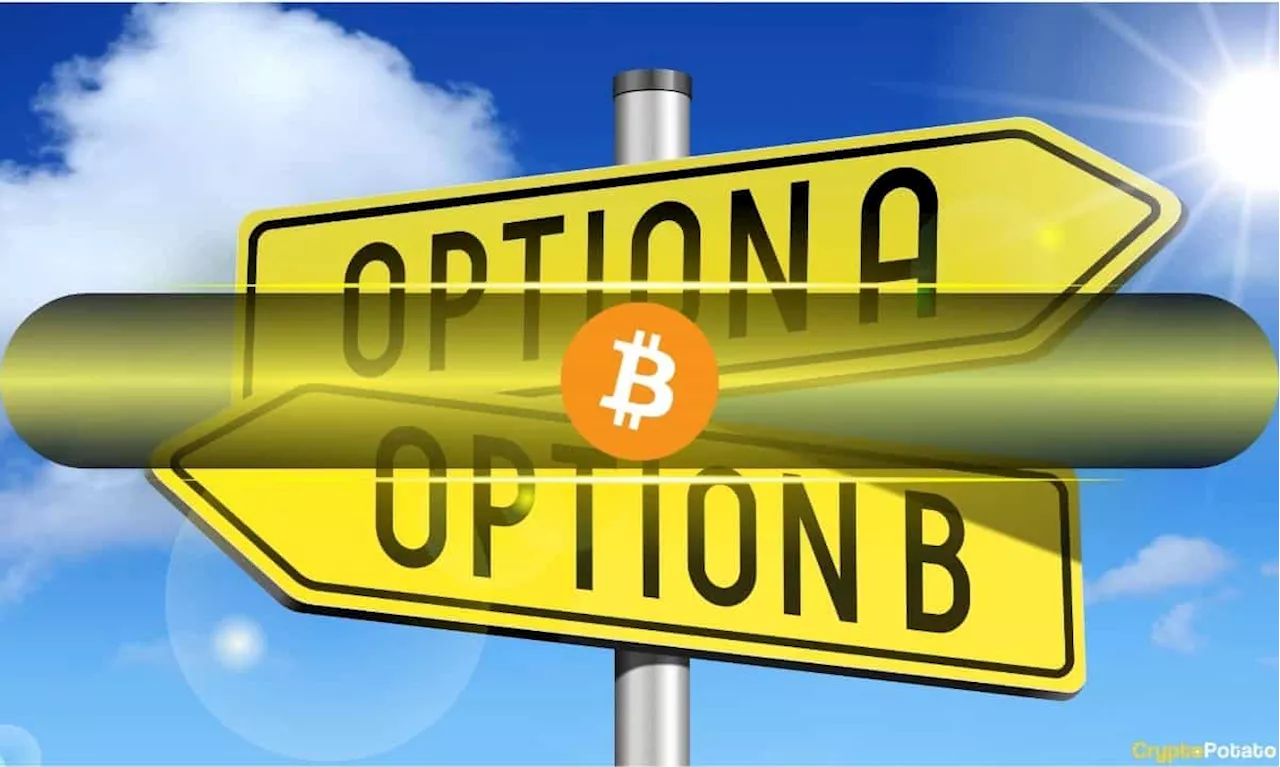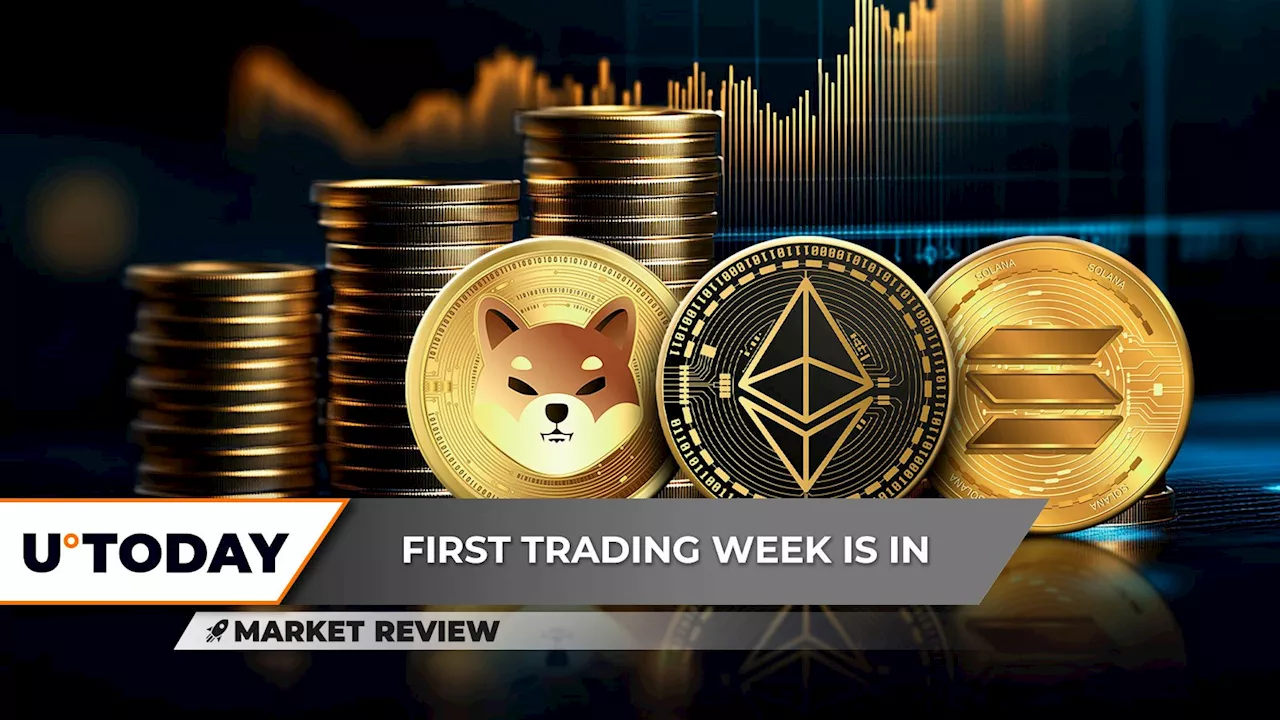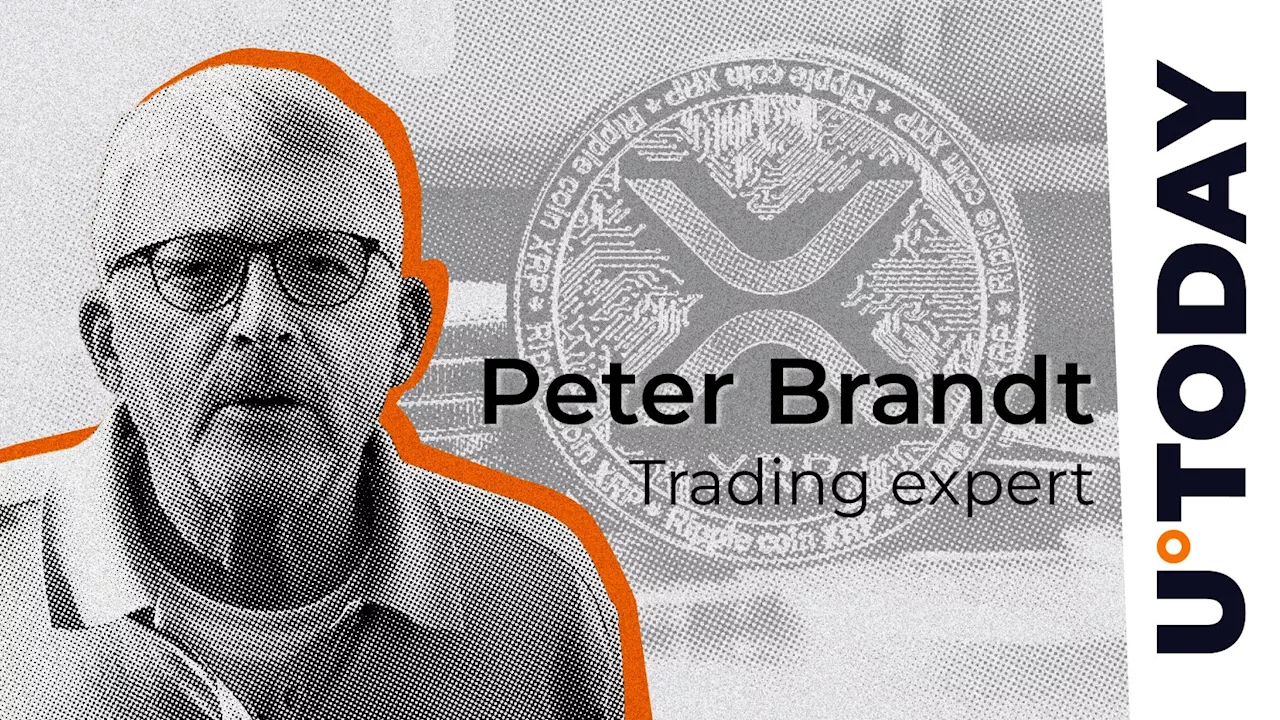This analysis explores the current bullish sentiment in the markets following the Presidential election, its potential drivers, and the risks associated with this optimism. While the improvement in market sentiment is understandable given recent economic policies and the wealth effect, it is crucial to consider the historical correlation between market confidence and economic reality. The analysis argues that the market's current exuberance may not be sustainable in the long run, particularly if economic growth fails to keep pace.
Bullish exuberance is returning to the markets and the economy in a big way following the Presidential election. This is particularly true given recent executive orders signed by Trump, which fulfill his promises to 'Make America Great Again.' Given that short-term market dynamics are driven primarily by sentiment, as investors, we cannot dismiss the rapid turn in optimism over the last few weeks.
We addressed this point in this past weekend's analysis, as the index has surged from some of the lowest readings on record for the past four years to some of the highest. Consequently, as small business owners' confidence improves, the CEOs of large companies are also becoming much more optimistic. As shown, and unsurprisingly, there is a correlation between the improvement or decline in CEO confidence and the annual rate of change in the financial markets. Higher asset prices, which impact CEO compensation through stock options, have certainly lifted their spirits. The improvement in optimism is unsurprising given the many anti-business policies and regulations implemented by the former administration. With many of the previous regulatory hurdles either being immediately repealed or promised to be, business owners are feeling more confident about the future. While sentiment is important to business decision-making, economic outcomes can easily reverse it. In other words, optimism must be supported by improving economic activity. However, the prognosis is certainly high that such will be the case, and increased activity will lead to an extension of the current bull market. We discussed the importance of consumer confidence in the economy and the stock market. This is why, in 2010, the Federal Reserve clearly expressed its reasoning for launching the second round of Quantitative Easing. Stock prices rose and long-term interest rates fell when investors began anticipating the most recent action. Easier financial conditions will promote economic growth. For example, lower mortgage rates will make housing more affordable and allow more homeowners to refinance. Lower corporate bond rates will encourage investment. This increased optimism is also leading to an increase in consumer spending. As their wealth rose, their economic activities increased business demand, thereby lifting the sentiment of business owners and CEOs. The chart below shows a composite index of Consumer, Small Business, and CEO confidence compared to real GDP growth. While the high correlation is unsurprising, it is worth noting that not all periods of high confidence led to increasing strong economic activity rates. Such was particularly the case following the financial crisis as sentiment rose sharply, but economic activity was mired around 2% annualized growth rates. That was because the wealth effect creation following the crisis was concentrated in the top 10% of income earners. As shown, the inflation-adjusted household net worth for the bottom 50% of the population failed to change substantially. Furthermore, while asset price inflation certainly lifted overall confidence, the benefit was concentrated in the top 10% of income earners. That group owns roughly 88% of all household equity ownership. That concentration of wealth kept economic growth rates suppressed as the bottom 50% of economic participants could not substantially increase consumption. Nonetheless, the current levels of bullish exuberance in the markets are understandable. As shown, there is a high correlation between the confidence composite index and the market’s annual rate of change. However, it is important to note that this correlation is not a guarantee of future performance. Being met by reality. Investors and Wall Street analysts are very optimistic about a continued bull market in the years ahead. However, I suggest there are potential headwinds as the economy normalizes following an era of monetary interventions. One of those headwinds is earnings growth. Earnings are a function of economic activity. To visualize this data, we must look at the correlation between the annual change in earnings growth and inflation-adjusted GDP. There are periods when earnings deviate from underlying economic activity. However, those periods are due to pre- or post-recession earnings fluctuations. Currently, economic and earnings growth are very close to the long-term correlation. In an economy roughly 70% dependent on consumption, that consumption generates the revenues to create corporate earnings. As that consumption rate declines toward its 2% trend, so too will the corporate earnings growth rate. The market has vastly outgrown the underlying fundamentals of corporate revenue and economic growth. With the wealth gap widening, it will become more difficult to sustain future consumption. Since the 2007 peak, the stock market has returned over 300%. That increase is more than 7x the growth in real GDP. Therefore, if a slower-growing economy or economic disruption leaves investors open to a large reversal in sentiment. As discussed, optimistic sentiment is important for business owners and CEOs to increase wages, employment, and CapEx. However, those plans will be reversed if consumer demand fails to appear
MARKET SENTIMENT ECONOMIC GROWTH EARNINGS GROWTH CONSUMPTION WEALTH GAP
United States Latest News, United States Headlines
Similar News:You can also read news stories similar to this one that we have collected from other news sources.
 Bitcoin (BTC)-Leveraged Play MicroStrategy's (MSTR) Bullish Call Skew Disappears in Cautious Market SentimentThe record bullish skew in MSTR options has disappeared as the bitcoin tailwind driven by the Treasury asset narrative loses momentum.
Bitcoin (BTC)-Leveraged Play MicroStrategy's (MSTR) Bullish Call Skew Disappears in Cautious Market SentimentThe record bullish skew in MSTR options has disappeared as the bitcoin tailwind driven by the Treasury asset narrative loses momentum.
Read more »
 XRP Leads Crypto Surge as Market Enters Bullish YearXRP surged 11% on Thursday, fueled by $1.3 billion in trading volume on South Korean exchange Upbit. The cryptocurrency market saw broad gains, with Bitcoin nearing $95,000 and Ethereum, Cardano, Solana, and Chainlink all experiencing notable increases. The positive sentiment is driven by anticipation of a crypto-friendly US administration, the 2024 Bitcoin halving event, and broader market cycles.
XRP Leads Crypto Surge as Market Enters Bullish YearXRP surged 11% on Thursday, fueled by $1.3 billion in trading volume on South Korean exchange Upbit. The cryptocurrency market saw broad gains, with Bitcoin nearing $95,000 and Ethereum, Cardano, Solana, and Chainlink all experiencing notable increases. The positive sentiment is driven by anticipation of a crypto-friendly US administration, the 2024 Bitcoin halving event, and broader market cycles.
Read more »
 Whale Moves 220 Billion SHIB From Binance: Bullish Signal or Market Uncertainty?A large whale recently moved 220 billion Shiba Inu tokens from Binance wallets, raising questions about market sentiment. While this move could signal a bullish outlook, it could also indicate uncertainty in the market.
Whale Moves 220 Billion SHIB From Binance: Bullish Signal or Market Uncertainty?A large whale recently moved 220 billion Shiba Inu tokens from Binance wallets, raising questions about market sentiment. While this move could signal a bullish outlook, it could also indicate uncertainty in the market.
Read more »
 Bitcoin Options Expiry Approaches $2 Billion as Market Remains BullishApproximately 20,000 Bitcoin options contracts with a notional value of $1.93 billion are set to expire on Friday, January 3rd, 2025. While significantly smaller than last week's end-of-year expiry, the event is being closely watched for potential market impact. Analysts suggest the impact will likely be minimal due to the put/call ratio favoring long contracts and a high concentration of open interest at higher strike prices, indicating continued bullish sentiment. The news also highlights a major short call position on Bitcoin and the inflow of capital into crypto markets.
Bitcoin Options Expiry Approaches $2 Billion as Market Remains BullishApproximately 20,000 Bitcoin options contracts with a notional value of $1.93 billion are set to expire on Friday, January 3rd, 2025. While significantly smaller than last week's end-of-year expiry, the event is being closely watched for potential market impact. Analysts suggest the impact will likely be minimal due to the put/call ratio favoring long contracts and a high concentration of open interest at higher strike prices, indicating continued bullish sentiment. The news also highlights a major short call position on Bitcoin and the inflow of capital into crypto markets.
Read more »
 Ethereum Breaks Resistance, Eyes $3,800 Amidst Bullish Market MomentumEthereum (ETH) surges past $3,500, breaking key resistance levels and fueling bullish sentiment.
Ethereum Breaks Resistance, Eyes $3,800 Amidst Bullish Market MomentumEthereum (ETH) surges past $3,500, breaking key resistance levels and fueling bullish sentiment.
Read more »
 Peter Brandt Predicts Bullish Flag Pattern for XRP, Sees $500 Billion Market CapRenowned trader Peter Brandt highlights a bullish flag pattern on XRP's price chart, suggesting a potential breakout and significant price increase. Brandt believes XRP has six weeks to complete the pattern, with a potential market capitalization reaching $500 billion if successful.
Peter Brandt Predicts Bullish Flag Pattern for XRP, Sees $500 Billion Market CapRenowned trader Peter Brandt highlights a bullish flag pattern on XRP's price chart, suggesting a potential breakout and significant price increase. Brandt believes XRP has six weeks to complete the pattern, with a potential market capitalization reaching $500 billion if successful.
Read more »
